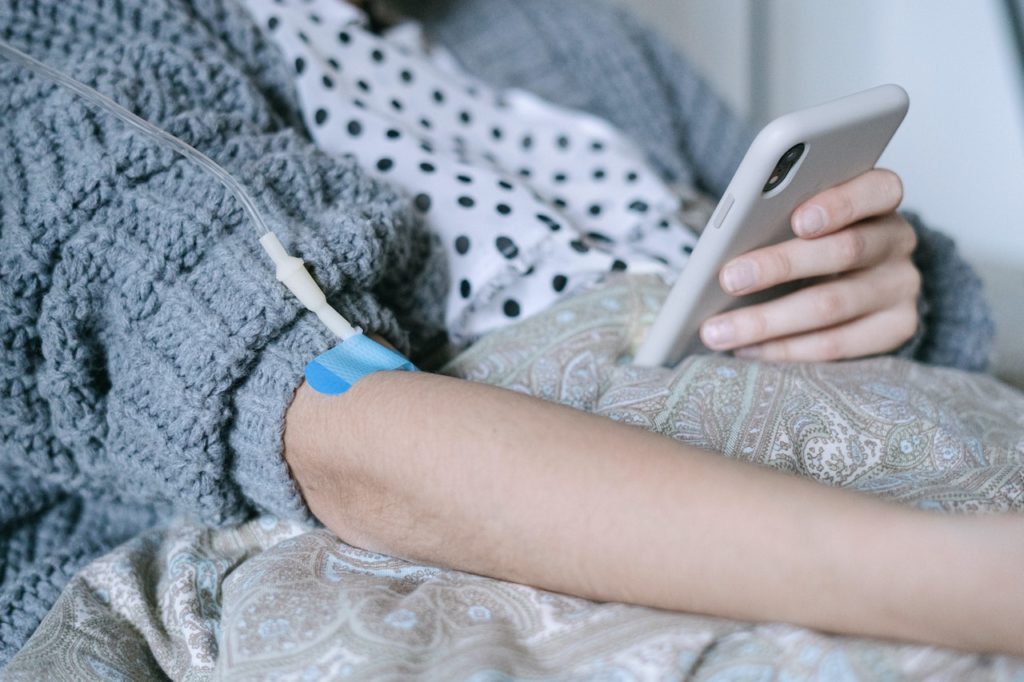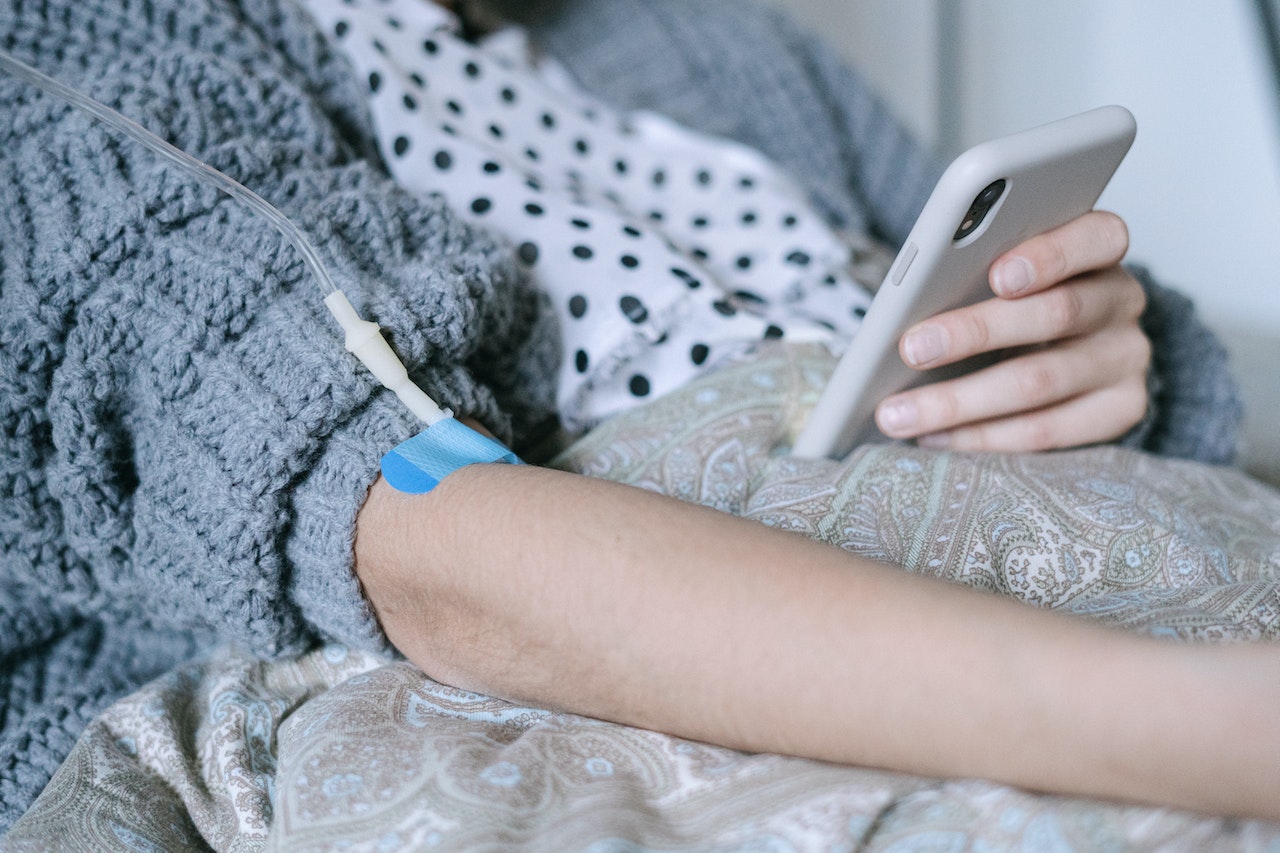
How do chemotherapy and radiotherapy work? Chemotherapy works by damaging the DNA inside the nucleus of the cancer cells and stopping them dividing. Radiotherapy works by targeting the cancer directly and damaging its DNA.
How does cancer form? As our cells age, they die and new cells replace them. Some cells are replaced more quickly than others. The lining of the stomach and intestine are replaced the most often. They are regenerated about every five days. Skin cells are replaced every two to four weeks. The liver regenerates itself about once every three to six months. All of the cells in our bodies are programmed to kill themselves when they have reached the end of their life, and they do so through a process called apoptosis. The process is heavily regulated so that the balance between cell death and cell division is always the same. If more cells are needed, say, for example, if you lose part of your liver, the cells will divide until the balance is reached and then they will be signaled to stop.
Sometimes, when cells divide, a mutation occurs. Most of the time, the mutation does nothing or it causes the cell to die. However, sometimes the cell with the mutation doesn’t die and it replicates itself, carrying the mutation on. When that happens, a cancer can grow. Cancers are dangerous because they can grow without any signal from the body telling them to grow. They don’t respond to signals that tell them to stop growing or to die. They can redirect blood vessels to supply them with blood and oxygen and they can trick the immune system into leaving them alone. If left unchecked, cancers can grow until the person dies.
So, how does chemotherapy work? There are more than 100 different drugs, and different drugs are used depending on the type of cancer. A general chemotherapy drug is injected into the blood and targets the cancer cells and stops them from dividing by damaging the genes inside the cell. Cancer cells divide much faster than other cells in the body, which is why they can grow so fast. Many chemotherapy drugs damage the genes of the cells as they are dividing. This prevents them from being able to become fully formed cells and they die. Because cancer cells multiply so quickly, there is a good chance that chemotherapy will be able to stop or kill the cancer.
The main problem with chemotherapy is that the drugs obviously don’t know which cells are cancer cells and which cells are regular cells. It damages the DNA in all cells that are multiplying. As the cells that multiply the fastest in our bodies are our stomach and intestine lining, our hair, and our bone marrow, these are also damaged by the chemotherapy. This is what causes the side effects with chemotherapy. These non-cancerous cells may get damaged, but the damaged cells will die, and new cells will replace them pretty quickly, so the damage is short-term and it is worth it in the long run.
So, how does radiation therapy work? Radiation is an electromagnetic wave, or a wave of energy. When radiation enters the body, the energy can damage the DNA in our cells and cause cell death or mutations. This is the cause of radiation sickness. However, with radiation therapy, radiation is intentionally directed at the cancer cells that are growing in the body. The radiation hits the cancer cells, damages the DNA, and prevents the cells from multiplying. The cells will then die and be removed from the body. In radiation therapy there is either an external source, where a beam of radiation is directed at the site of the cancer, or an internal source, where a source of radiation is placed inside the body, near to the cancer. Even though radiation can be directed at the cancer, there are still obviously side effects.
Both of these treatments can be effective, but they both have their risks. Because chemotherapy targets cells that are dividing, particularly the cells in the bone marrow, there is a risk of leukemia. And, because radiation therapy uses radiation, there is a risk of other cancers forming. In both cases, the risks are seen as worth it. Neither treatment is more effective than the other generally, but they do perform better on different types of cancers. Sometimes, both treatments might be prescribed at the same time.
So, chemotherapy works by damaging the DNA of the cancer cells while they divide and radiation therapy damages the DNA of the cancer using radiation. And this is what I learned today.
Sources
https://www.cancer.gov/about-cancer/understanding/what-is-cancer
https://science.howstuffworks.com/life/cellular-microscopic/does-body-really-replace-seven-years.htm
https://www.ncbi.nlm.nih.gov/books/NBK26873/
https://www.cancer.net/navigating-cancer-care/how-cancer-treated/chemotherapy/what-chemotherapy
https://www.healthline.com/health/radiation-vs-chemo#about-chemotherapy

